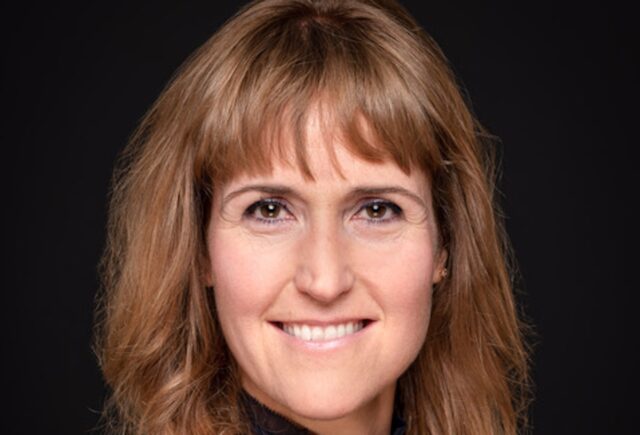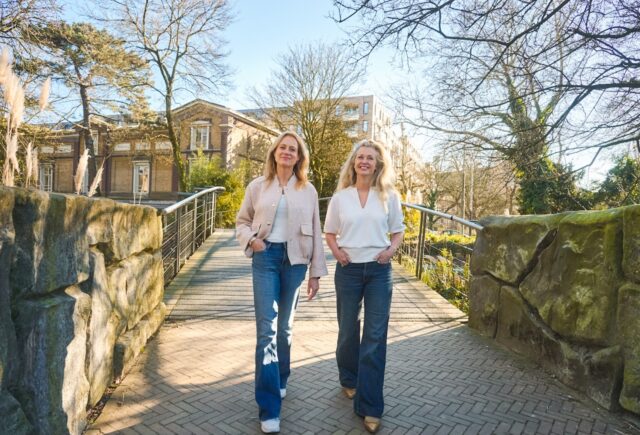Pioneering financial institutions are stepping up the pressure on the companies in which they invest to take stronger measures to cut biodiversity loss in their operations and those of their suppliers.

Tackling global biodiversity loss has yet to focus the minds of institutional investors and their clients to the same extent as the climate change agenda, despite the overlap between the two.
But awareness is growing and corporate borrowers in the most sensitive economic sectors are coming under pressure to implement plans to reduce the negative impact of their supply chains.
High profile events such as the UN-backed COP15 Biodiversity Conference, starting in Kunming, China on October 11, are helping to push the issue up the agenda.
A number of initiatives from NGOs and impact investors are trying to work out how best to measure biodiversity loss and present the results to make the biggest impact.
One example, launched in September 2021, is the Global Impact Investing Network’s (GIIN) new Biodiversity theme in its Navigating Impact Project. It has been developed in partnership with WWF Netherlands and Arcadis, the Amsterdam-based international engineering consultancy firm.
Drawn from the expertise of nearly 100 stakeholders, it helps investors select impact strategies and adopt recommended metrics to track performance toward biodiversity goals.
Complex supply chains
In practice, as with climate change action, one of the main drivers for action on biodiversity loss will be pressure from institutional investors on companies to change their behaviour.
Here, a small number of institutions with a sustainable investment agenda are doing the pioneering work, especially in the agri-food sector, where suppliers’ operations have a significant direct impact on the environment.
Amsterdam-based lender Actiam has focused on biodiversity loss through deforestation due to the production of soft commodities, such as palm oil, soy and beef in Asia and South America. This can be measured primarily by using satellite data.
The initial challenges are to bring companies on board with the process, gain access to a detailed account of their supply chain – by no means a given – and then alert them to problems.
“Some companies have such complex supply chains that they just don’t know what’s happening on the ground,” says Ruud Hadders, Actiam’s Responsible Investment Officer.
More regulation needed
At present investment institutions promoting the biodiversity agenda tend to work mainly with the ‘low hanging fruit’ of the industry.
Anglo-Dutch consumer products conglomerate Unilever is among the companies that have proved a good testbed for Actiam. It is a large company that publicly supports the need to address biodiversity loss and which has an accessible list of suppliers.
But Actiam is also working with companies that have more limited supply chain transparency to encourage improvement in that regard.
The asset management company has set itself a target of eliminating investments linked to deforestation from its portfolio by 2030, which in practice means it no longer makes new investments in companies that do not have clear plans to cease deforestation.
But it will require bigger institutional investors and their food conglomerate clients to adopt similar measures to start making a real difference – and that may require a push from regulators.
“Government has to step up. Because once they make it part of the requirements for investment funds or for companies to disclose what they’re currently doing to have a positive impact on biodiversity loss, they will start acting like we already see with climate change,” Hadders says.
Warning shots from central banks?
To that end, recent studies published by European central banks outlining the extent of the biodiversity challenge are helpful ammunition.
A scientific study published by the French central bank in August 2021 – A Silent Spring for the Financial System? Exploring Biodiversity-Related Financial Risks in France – concluded that 42% of the market value of securities held by French financial institutions are highly or very highly dependent on at least one of 21 ecosystem services considered. Ecosystem services are impacts from ecosystems that affect humans, such as food and water, flood regulation, soil erosion and disease outbreaks.
Meanwhile, a June 2020 report, Indebted to Nature, published by the Dutch central bank found Dutch financial institutions worldwide had €510bn in exposure to companies with high or very high dependency on one or more ecosystem services, comprising 36% of the portfolio analysed.
“Reports like these really help raise awareness, because once a central bank gets involved then companies start to become nervous, because it may mean that in a few years’ time you can expect biodiversity disclosure requirements or regulation,” says Hadders.
Data challenge
The French report took account of as many 21 ecosystem services, from climate regulation to pollination, and could have looked at more. This shows the challenge of promoting and implementing biodiversity measures.
By contrast, progress on tackling climate change is assessed mainly by measuring the level of CO2 and methane emissions.
Remote sensing from satellites is an invaluable tool, providing data on environmental change, such as deforestation and other vegetation change, flooding and, to some extent, changes in fauna distribution.
But many aspects of biodiversity loss cannot be detected from hundreds of kilometres above the earth’s surface, however good the technology. Detailed analysis of factors such as species loss, the potential for soil erosion or the toxicity of fertilisers requires analysis on the ground.
Actiam has been working with Dutch firm Satelligence on a project to show companies how satellite technology indicates where in their supply chain deforestation is taking place and which actions investees could take to prevent it.
That task is being made easier by government efforts to improve land ownership databases in deforestation hotspots such as Brazil and Indonesia, Hadders says.
Sounding out the environment
Innovative technology could help fill in some of the gaps. Bioacoustics, for example, analyses calls and other sounds from wildlife around a sensor on the ground – or in the ocean – to provide an indicator of local biodiversity.
Changes in the intensity of various sounds over time can tell scientists if an activity is adversely affecting biodiversity, or whether biodiversity improvement measures are working.
Actiam, French eco-services firm Green Praxis and Dutch pension insurer Zwitserleven recently announced they had funded a venture to carry out a small trial of bioacoustics in a yet-to-be-confirmed location during the coming year to assess the potential of the technology to be scaled up.
Unlike satellite monitoring, on-the-ground sensors require consent from the company that owns the land. Hadders says pressure from investors or customers can persuade those reluctant to allow scrutiny of their business practices to cooperate.
“Ikea forces their suppliers to have 24-hour camera access to the production location, so Ikea can verify that they are respecting labour rights and so on. We feel we can also say to companies that they need to install bioacoustics or we won’t invest.”
Fresh thinking
Hadders cautions against a rush to action without careful consideration.
“In the Netherlands and other countries we feel we have to address climate change, so we plant trees, which is a good thing. But we don’t necessarily think about which type of trees would best match vegetation and other species in the area. Planting rows of the same type of tree can actually have a negative impact on biodiversity,” he says.
He notes work being done by Green Praxis to assess what types of vegetation would improve biodiversity in terms of flora and fauna around rail tracks in southern France as an example of what can be done in this regard. That information can then be used to engage with rail operators to encourage better practice.
Actiam has also looked into direct investment in land restoration but Hadders concedes this is a challenging area for financial institutions that need to generate income.
“You could plant trees and sell the carbon credits, and there is a business case if you have a sustainable timber industry,” he says.
“But it’s hard for us as an investor to step in, knowing that the returns may be relatively low and the duration of projects is very long. We’re still trying to find out what is the best way we can do this.”
Learn more
For our Dutch readers, our sister publication PensioenPro is organising a partner webinar hosting the WWF film ‘Our planet: Too Big to Fail’. The screening of the short documentary is followed by a panel discussion with WWF and asset managers about how the Dutch financial sector can take into account the impact of investment decisions on biodiversity.
The event takes place Monday 4 October from 15.00-16.00. You can find the full programme here.





